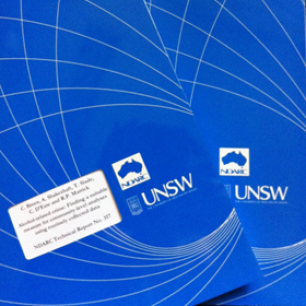NDARC Monograph No. 61 (2007)
This report provides a national summary of trends from the fourth year of monitoring ecstasy and related drug markets across Australia. These trends have been extrapolated from the three data sources: interviews with current regular ecstasy users, interviews with professionals who have contact with ecstasy users (key experts), and the collation of indicator data. The data sources are triangulated in order to minimise the biases and weaknesses inherent to each, and ensure that only valid emerging trends are documented.
The term ‘ecstasy and related drugs’ includes drugs that are routinely used in the context of entertainment venues and other recreational locations including nightclubs, dance parties, pubs and music festivals. Ecstasy and related drugs include ecstasy (MDMA, 3,4-methylenedioxymethamphetamine), methamphetamine, cocaine, LSD (d-lysergic acid), ketamine, MDA (3,4-methylenedioxyamphetamine) and GHB (gamma-hydroxybutyrate).
In 2006, the EDRS was funded by the Australian Department of Health and Ageing. The project uses a methodology that was based on the methodology used for the Illicit Drug Reporting System (Topp, Breen et al. 2004). The IDRS monitors Australia’s heroin, cocaine, methamphetamine and cannabis markets, but does not adequately capture ‘ecstasy and related drug’ use and, therefore, a different population needed to be accessed to obtain information on ecstasy and related drug markets. Consistency between the methodology of the main IDRS and this study was maintained where possible, as the IDRS has demonstrated success as a monitoring system.
The focus is on the capital city in each state, as new trends in illicit drug markets are more likely to emerge in large cities rather than regional centres or rural areas. Detailed information from each state is presented in individual state reports and are available from the NDARC website. This report focuses on the 2006 data collection in all states; reports from this and all previous years are available on the NDARC website at the following address: /resource-type/drug-trends-national-reports. Before 2003, data was collected in NSW, QLD and SA and some trend data is reported here, but the reader should refer to the jurisdictional reports for more detailed trend information available at /resource-type/drug-trends-jurisdictional-reports


